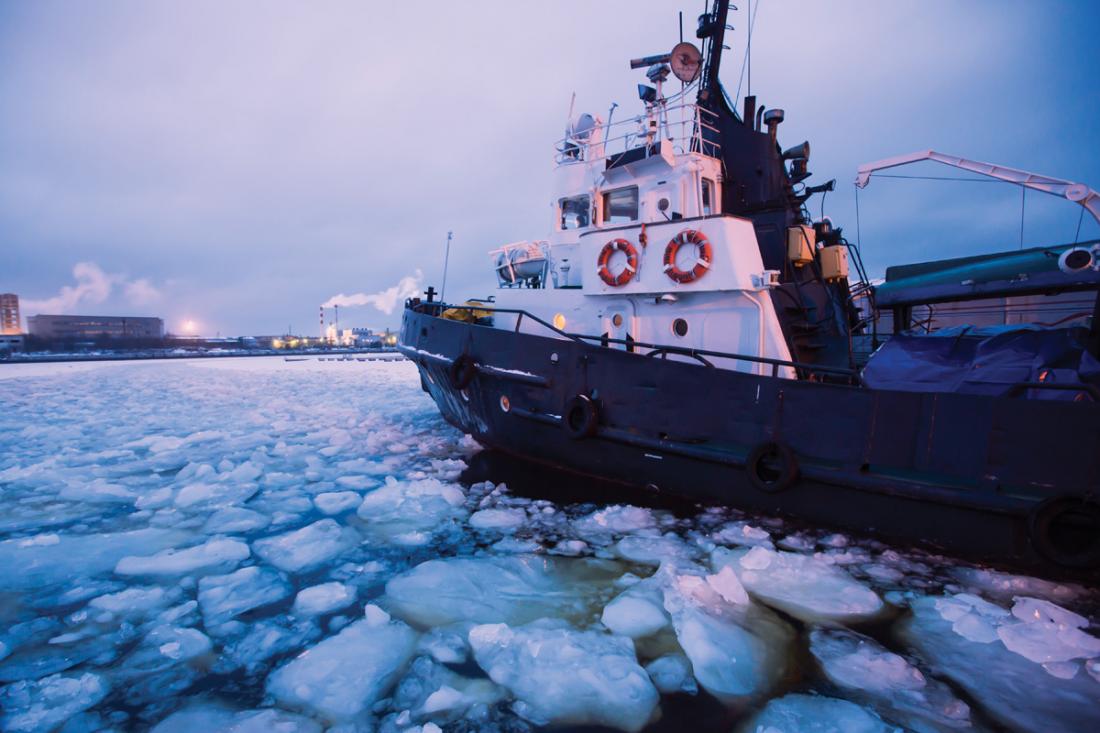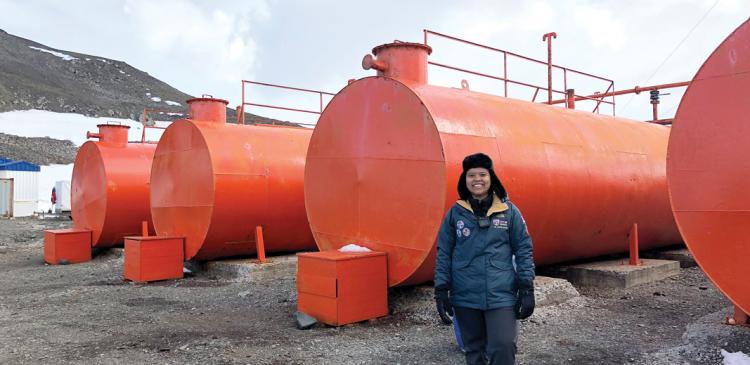The Antarctic Treaty prohibits the use of non-Antarctic organisms in the region, creating high demand for indigenous organisms that can clean up polluted soil.
Researchers have identified two strains of diesel-degrading bacteria in pristine Antarctic soil and their optimal working conditions. This insight could potentially inform bioremediation efforts in the region.
Pollution from petroleum hydrocarbons— such as diesel, which is widely used for heating, transportation and power generation—poses a major threat to wildlife in Antarctica. Using naturally occurring microorganisms to consume and break down environmental pollutants is a simple, economical and environmentally friendly solution for the isolated Antarctic region.
A team of researchers from the Bioremediation, Biomonitoring and Ecotoxicology Laboratory at Universiti Putra Malaysia, working with colleagues from University of Malaya’s National Antarctic Research Centre, has isolated and identified two species of diesel-degrading bacteria in Scott Coast and Ross Island, Antarctica.
“Although several bacterial species isolated from hydrocarbon-contaminated sites in Antarctica have been shown to degrade hydrocarbons, this is one of the first reports to study strains from pristine soils,” says Syahir Habib, one of the authors of the paper, which was published in Microbial Cell Factories.
The researchers collected soil samples and used bacterial ribosomal DNA sequences to identify two bacterial strains called ADL15 and ADL36. Then, they analysed the conditions required to maximise the bacteria’s ability to consume diesel. The researchers used a fast and efficient optimisation method called response surface methodology (RSM), which simultaneously measures multiple factors and their combined effects.
They found that both strains showed similar optimal growth conditions, including a non-acidic, neutral soil and a salt concentration of 1.0%, but that strain ADL36 could withstand a higher concentration of diesel than strain ADL15. Both strains were shown to have optimal temperatures of 20°C. Since both species are native to Antarctica, they are also tolerant of cold and other extreme conditions, such as dry and alkaline soils that are low in nutrients during the summer seasons.
Optimisation improved the ability of ADL15 to degrade diesel in a test environment from 22.39% to 38.32%, and of ADL36 from 83.75% to 99.89%. The results show that strain ADL36 is better at diesel biodegradation. But both strains were able to adapt to a wide range of temperatures, so could be deployed during summertime when temperatures are higher, soils are unfrozen, and water is more accessible.
The Antarctic Treaty prohibits the use of non-Antarctic organisms in the region, creating high demand for indigenous organisms that can clean up polluted soil. The researchers next plan to conduct a microbial consortium study to investigate how the use of both bacterial strains could improve clean-up of hydrocarbon pollutants from polar soils.
-------------------------------------
Did you know?
No one permanently lives in or is native to Antarctica, but up to 5,000 researchers can be based there and about 30,000 tourists visit annually, requiring diesel for heating, transportation and power.
-------------------------------------
For further information, contact:
Dr Nur Adeela Yasid | E-mail: [email protected]
Department of Biochemistry
Universiti Putra Malaysia




